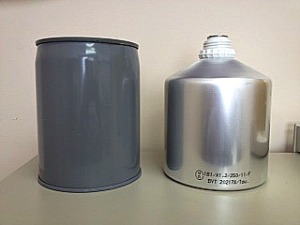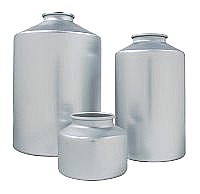It’s not often that we have new web pages.
 So I’m happy to write this post on a whole series of new pages devoted to packing instructions for our industrial aluminum bottles.
So I’m happy to write this post on a whole series of new pages devoted to packing instructions for our industrial aluminum bottles.
It’s not the most exciting topic. No luminous, glow-in-the-dark aluminum bottles. No artsy designs using big name fashion designers.
But it’s an important topic nonetheless, especially for those of you who actually store fair quantities of essential oils, active pharmaceutical ingredients, solvents and all the other liquids and powders used for a variety of consumer products.
You want to make sure that your investment in these materials doesn’t get wasted through spillage, leakage, exposure to oxygen, etc.
So packing our aluminum bottles is critical. The new pages go into detail on how to to cap our various aluminum bottle models. It includes information on proper torque and recommendations for capping tools. Thankfully, we have torquing wrenches, chucks and other tools that make the capping job easy and precise.
Next time – we will include videos on the packing instructions 🙂







